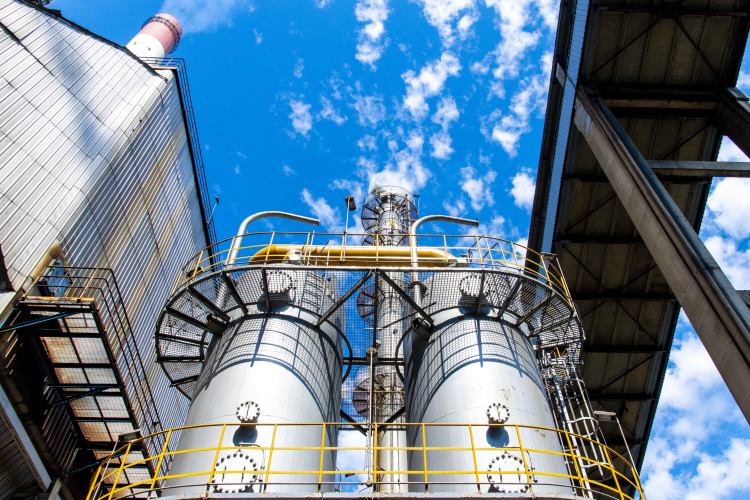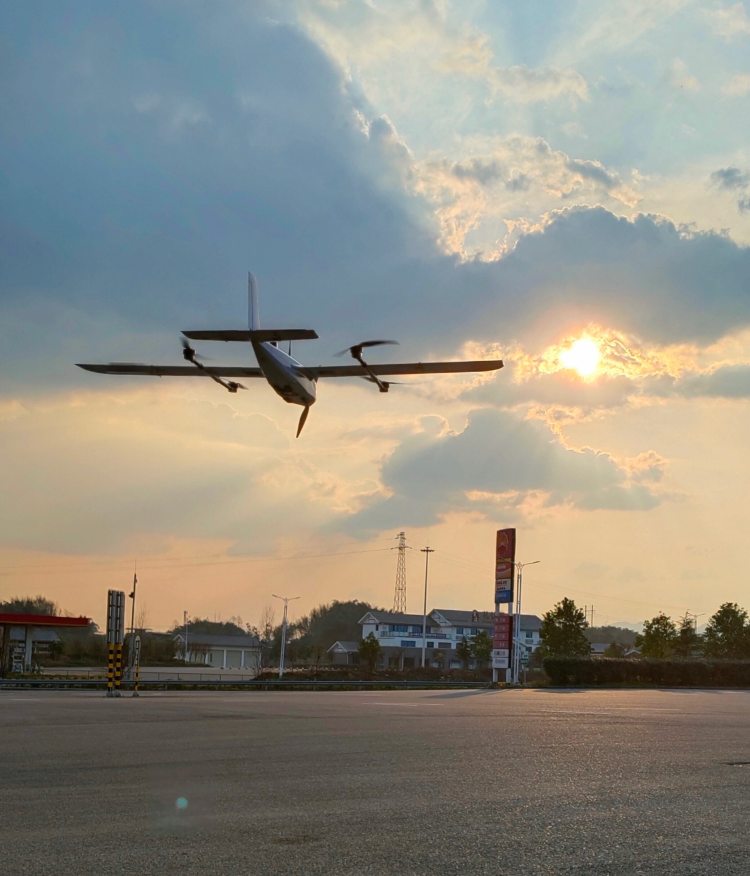 Bridging News
Bridging News
Chongqing Unveils Advanced Carbon Catcher Capable of Reducing Over 90% CO2 Emissions
Chongqing- With the escalating global crisis due to climate change, scientific and technological advancements are essential to enhance environmental sustainability. Southwest China's Chongqing unveiled an advanced carbon catcher capable of reducing over 90% CO2.

The carbon capture device of Yuanda Environmental-protection Engineering Co., Ltd..(Photo/ Guo Faxiang)
On October 8, in the heart of Chongqing Hechuan District's Shuanghuai power station, workers bustle around a vast construction of steel pipes. This site is Yuanda Environmental-protection Engineering Co., Ltd.'s flagship project, dedicated to purifying flue gases.
Over the past 12 years, the company has refined and enhanced its carbon dioxide capture mechanism, making it one of the most efficient systems in the world.
"When we began in 2010, we pioneered the 10,000-ton carbon dioxide capture device for coal-fired power plants in China," said Wu Qirong, the Deputy General Manager of Yuanda. "Today, our system conserves energy and provides an innovative platform for cutting-edge research on carbon capture."
Companies equipped with YuanDa's technology can reduce carbon emissions by 90%, capturing liquid carbon dioxide with a 99.9% purity. The device's affordability, adaptability, and efficacy underscore its domestic and global significance.
However, the challenge is not only about capturing carbon dioxide but innovatively repurposing it.
YuanDa spearheads research in transforming captured CO2 into degradable plastics and exploring further avenues in hydrogenating coal-fired flue gas carbon dioxide, which could make methanol. Chang'an Automobile's Yubei factory has devised a comprehensive strategy to manage Volatile Organic Compounds (VOCs), ensuring their emissions are well within national standards.

The unmanned aerial vehicle monitors reservoirs through comprehensive remote sensing, allowing for early warnings and surveillance. (Photo/ Guo Faxiang)
In addition to capturing carbon dioxide, Chongqing is leveraging advanced technologies like satellite remote sensing and drone surveillance to bolster ecological monitoring across the Yangtze River, emphasizing areas vulnerable to algal blooms.
"This approach elevates our environmental quality monitoring capabilities, facilitating rapid, large-scale responses," remarked Liao Weiling, a senior engineer at the Chongqing Academy of Eco-environmental Sciences.
According to Chongqing Ecology and Environment Bureau, Chongqing's collaboration with the Chinese Research Academy of Environmental Sciences' Southwest Branch promotes green and low-carbon technological advancements, fostering a multidisciplinary approach to addressing environmental challenges.
With its unwavering commitment and innovative endeavors, Chongqing exemplifies the merger of science, technology, and environmental stewardship, leading the charge toward a greener future.
 Related Stories
Related Stories